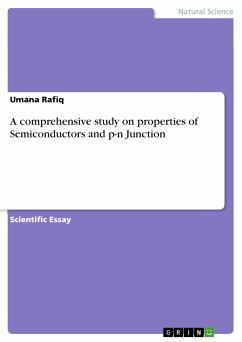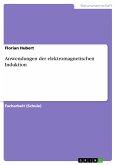Master's Thesis from the year 2017 in the subject Physics - Electrodynamics, grade: 78, Charles Darwin University, language: English, abstract: In this thesis, a novel scheme to optically generate a microwave signal employing frequency quadrupling and octupling schemes based on external modulation are proposed. Similarly, the sextupling technique is also analysed and simulated. Frequency quadrupling and the octupling scheme are based on carrier suppression and undesired harmonic distortion suppression utilizing an integrated dual-parallel Mach Zehnder Modulator (DPMZM); thus avoiding the use of electric phase shifter and optical phase shifter. Secondly, filterless features and fast frequency tuning of this technique is particularly attractive for optical upconversion in wave division multiplexing radio over fibre system. For verification, 30 GHz millimetre wave with more than 16.2 dB RFSSR and 60 GHz with more than 16.3 dB millimetre wave have been generated from a 7.5 GHz frequency wave by simulation and its operating principle and mathematical analysis has been performed. Performance of scheme has been characterised under different condition including DC drift of MZM, different amplitudes of RF inputs and different extinction ratios of MZM. In addition to this, various external modulation techniques based on previous research papers are theoretically and mathematically analysed and simulated to compare with the performance and reliability of the newly generated system. In addition to this, the figure of merits of frequency multiplication is also investigated based on the phase noise, tunability of frequency and system stability analysis, and maximum gain. At the present context, the demand for telecommunications, electronic warfare technologies and the high-speed internet is highly increasing. Such things have a great influence on modern society. Therefore, to fulfil these demand, wideband signal processing is needed which can be achieved using microwave photonics due to its unique features like low loss, compactness, immunity to the electromagnetic interference (EMI), strong capacity and high system reliability.








